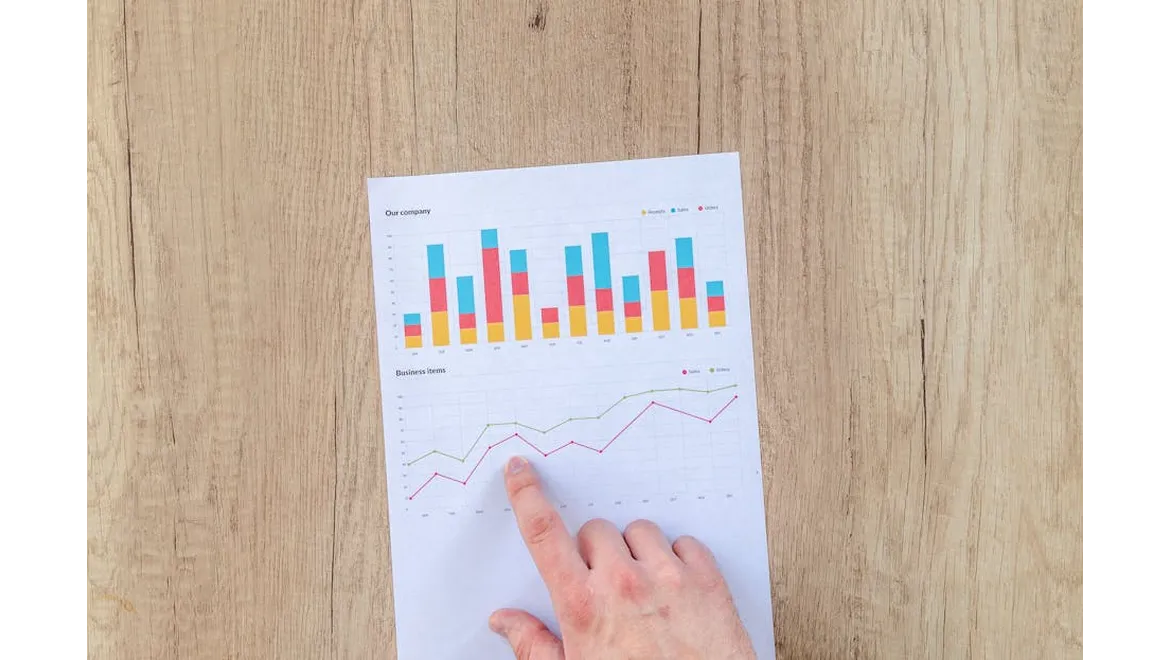I was grabbing a coffee with Eloise the other day, a marketing whizz with a real passion for sustainability, and we got onto the topic of how businesses can actually know what consumers will want tomorrow, especially when it comes to eco-friendly products. It’s not just about slapping a ‘green’ label on something and hoping for the best anymore. Consumers are savvy. They’re asking questions. They want proof. This is where data-driven market research and trend forecasting comes in.
“Imagine,” I started, “being able to predict the next big thing in sustainable consumer goods before it even hits the shelves!” Eloise, already nodding enthusiastically, agreed that this was the holy grail. “But how?” she asked, taking a sip of her latte.
“Big data, darling!” I exclaimed. “We’re talking purchase history, online reviews, social media chatter, even environmental reports – all fed into a powerful analytics engine. Think about it: we can analyse purchase data to see what sustainable products are already selling well, where, and to whom. Online reviews tell us what consumers actually think about those products – the good, the bad, and the ugly. Social media listening tools let us gauge the overall sentiment towards sustainability and identify emerging trends.”
We then delved a bit deeper. The conversation moved onto how, specifically, this data can be used. Let’s say we are trying to find out the next big thing in sustainable fashion. Here’s how we might approach it:
-
Data Gathering: Scrape product descriptions from various online retail shops and use web scraping tools to collect product data, paying attention to sustainable product descriptions and keywords like ‘organic cotton’, ‘recycled polyester’ or ‘eco-friendly dyes’.
-
Sentiment Analysis: Implement Natural Language Processing (NLP) to analyse customer reviews to assess customer satisfaction. Look for sentiment associated with ‘comfort’, ‘durability’ and ‘environmental impact’. This is to assess the areas of strength and opportunities for future products.
-
Trend identification: Analyse social media engagement (likes, shares, comments) on fashion brands that market sustainable products. These comments can be further analysed to identify product performance issues.
-
Competitive Analysis: Identify key competitors with trending products and evaluate the level of engagement and sentiment. Analyse the competitor’s advertising campaigns and identify which sustainable products are resonating the most.
Eloise was particularly interested in how this translates into actual business decisions. “So, we’ve crunched the numbers. We know vegan leather made from pineapple fibres is trending upwards. What next?”
“That’s where the ‘bold bets’ come in,” I replied. “Businesses can use these insights to invest in eco-friendly materials, like pineapple leather. They can optimise their supply chains to reduce their carbon footprint, and they can tailor their marketing campaigns to appeal to environmentally conscious consumers. Imagine a campaign highlighting the innovative production process and the reduced environmental impact of your pineapple leather bags!” I added, “A key element is that the marketing campaign shows certification. Consumers are increasingly savvy about greenwashing and will be looking for verified products that have been assessed by a third party.”
We also discussed the importance of focusing on niche markets. Traditional market research can sometimes overlook these pockets of opportunity, but big data analytics can uncover them. “Think about it,” I said, “a specific type of reusable coffee cup for rock climbers, or sustainable menstrual cups designed for long-distance runners. These are very specific products that address a sustainability need within a particular niche.”
Our conversation then shifted to data integrity. “You can’t just grab data from anywhere,” I warned. “It’s crucial to use verified data from certified sources. Look for ecolabels and certifications that are recognised and respected. Avoid relying on unsubstantiated claims or biased sources, or you risk falling into the greenwashing trap.” This is how products become distrusted by the consumer when the claims can’t be verified.
Finally, we chatted about the ongoing nature of this process. It’s not a one-off exercise. Market trends are constantly evolving, so businesses need to continuously monitor data, adapt their strategies, and stay ahead of the curve. By doing so, they can make informed decisions, reduce their environmental impact, and build a loyal customer base that values sustainability.
In essence, what we discussed was how big data analytics isn’t just about selling more stuff; it’s about selling better stuff. It’s about understanding consumer needs, environmental considerations, and emerging trends to create products and services that are both profitable and sustainable. By continuously analysing data from reliable sources, businesses can spot opportunities, minimise risks, and build a future where commerce and conservation go hand in hand.











